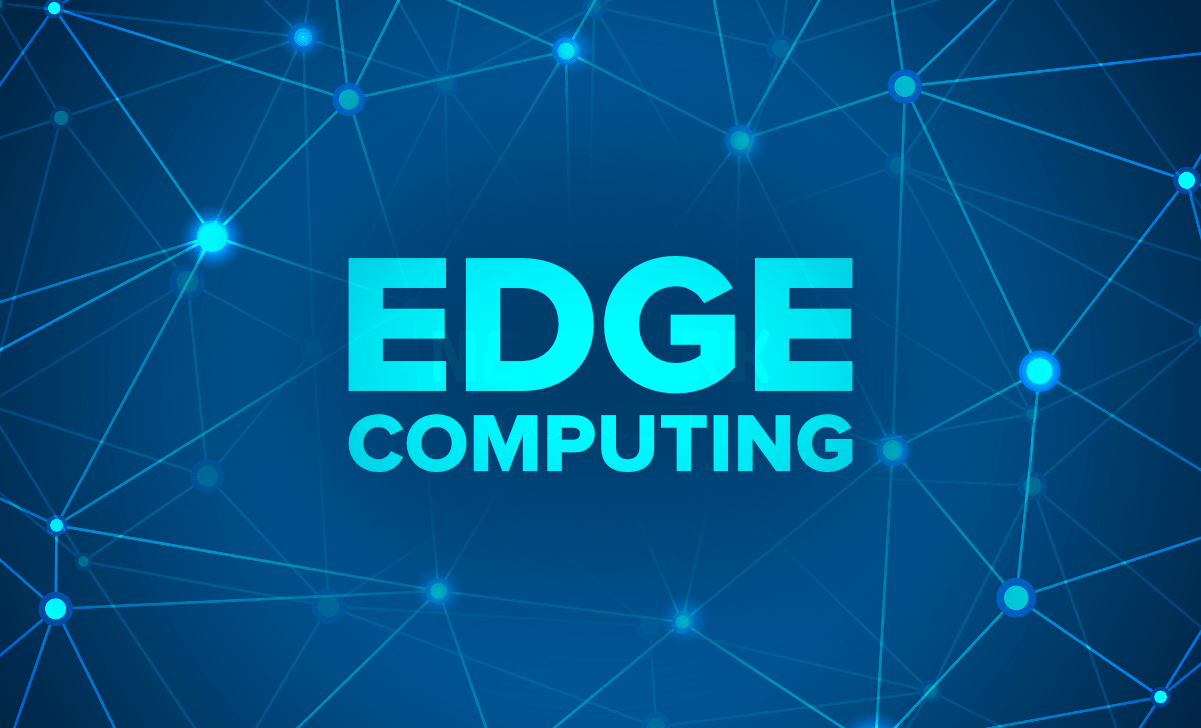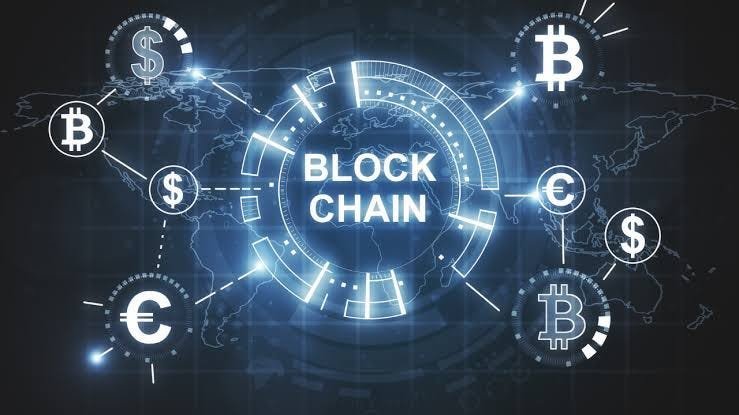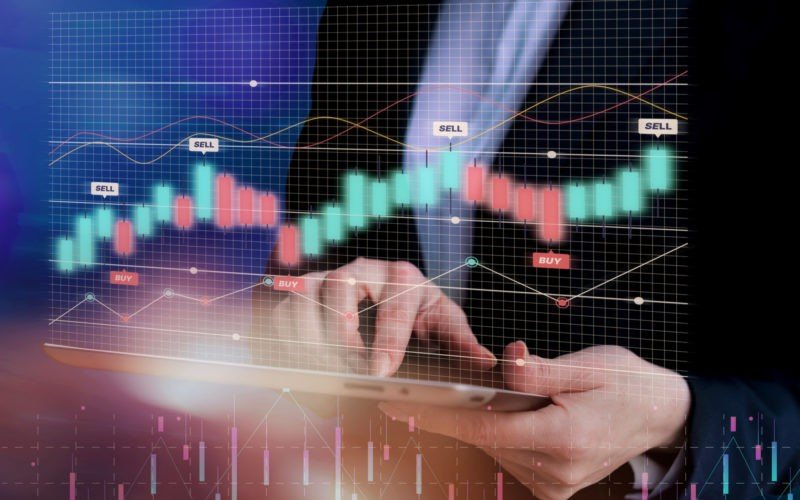Over the last few years, IoT has transformed from a fantasy to reality-a component of daily living. IoT means the network of connected devices, from smartphones and home appliances to cars and industrial equipment that can communicate with each other over the internet. It acts in cooperation to make processes easier through automation, providing insights based on collected and analyzed data.
In this article, we are going to take a journey into how IoT is a game-changer for various industries, making many things quite a bit more convenient in day-to-day life and shaping the way we use technology at home and in the workplace.
What Exactly is IoT?
The Internet of Things includes devices that are fitted with sensors, software, and network connectivity, enabling them to collect, process, and disseminate data. This can then be analyzed for informed decisions or acted upon automatically. For example, a smart thermostat regulates your home’s temperature according to your routine, and industrial IoT sensors in factories monitor equipment for maintenance purposes. The concept of IoT is to develop an interconnected seamless world whereby devices will communicate with each other with ease for improved efficiency and ease of living.
IoT in the Home: The Rise of Smart Homes
The most immediate impact of IoT can be understood through the example of the smart devices that are witnessing great popularity these days. For instance, operating smart speakers, lights, thermostats, and security cameras is a matter of mere taps on your smartphone or voice commands. Smart home devices use data to understand our preferences and automate the routine.
For instance, there’s a smart fridge that observes the contents it has stored in it and informs about an impending empty state of such or when a particular good item is reaching its perishable date. Smart lightening systems will automatically drop down the lightening conditions in a place at fixed time intervals of the day or when the room lacks human occupation in it also enhance one’s comfort together with energy efficiency. More importantly, through IoT connections on personal assistants such as Alexa and Google Assistant, IoT devices make one home a comfortable place and to be personalized.
Healthcare :IoT-Inspired Medical Innovation
IoT is changing the face of healthcare as it can monitor remotely, track health in real time, and make quality patient care better. A wearable device can monitor even one’s sleep pattern in addition to monitoring vital signs such as heart rate and oxygen levels. Patients and providers alike can receive a great deal of useful data from fitness trackers and smartwatches.
Remote patient monitoring systems make it possible for healthcare professionals to monitor the health conditions of patients even from a distance, thereby reducing the need for frequent visits. An example includes IoT devices that can monitor blood glucose levels in diabetic patients or irregular heartbeats of cardiac patients. These devices alert healthcare providers in case of an emergency, therefore saving a life that may have been lost due to timely interventions.
Industrial IoT: Efficiency in Manufacturing and Supply Chains
This has brought serious, unprecedented advancements to manufacturing and logistics, almost re-Christening this domain as Industrial IoT. There are sensors embedded in machines that monitor temperature, pressure, and vibrations in the factories. Companies can then predict when machines require maintenance, reducing downtime and saving themselves from costly repairs based on this data analysis.
IoT technology in tracking the supply chain of goods in real time-from where it is, to the condition, and estimated times of delivery. Shipping containers enabled with IoT track temperature and humidity so that perishable items-food and medicines-may be kept in optimum conditions. The data-driven approach optimizes the supply chain by making it more effective, reducing waste, and improving the quality of the products.
Smart Cities: Building Connected Communities
IoT has been implemented in smart city projects in order to achieve objectives like creating cities that are effectively and sustainably conducive to good quality living. Implementing IoT sensors in the city enables the officials to keep track of and monitor traffic, street lighting, collection of waste, and the air quality, among others. Such networked systems ensure the easy running of a city and can, by extension, provide an enhanced quality of life to citizens.
For instance, smart traffic lights change with the real-time pattern of flow of traffic so as to reduce congestion and smart parking solutions help quick find for a driver available car-parking spots. Air quality sensors and pollution measuring devices monitor the levels so that the city officials are enabled to take necessary action so that public health does not suffer. IoT enables cities to use information innovatively so as to reduce the problems of urban habitat and build more livable communities.
Retail: Optimizing Customer Experience
IoT is set to transform the retail industry by helping in the management of the inventory, redefining the supply chain, and creating a more personalized shopping experience. The smart shelves come with weight sensors that enable tracking of product levels; they can automatically reorder when the stock is running low, and the customer favorites are always in store.
In-store IoT devices, such as beacons, can recognize a customer’s location and offer or suggest items for the customer. For instance, a customer could be notified about discounts on products he or she often buys when they approach a particular aisle. These experiences make shopping enjoyable for customers and, simultaneously, provide retailers with useful information about buying behaviors.
Agriculture: Smarter Farming for a Sustainable Future
The introduction of IoT has brought in smart farming techniques. It allows the farmers to closely monitor the quality of the soil, keep a close eye on weather conditions, and use water conservatively. IoT sensors in the fields track the real-time moisture content of the soil, temperature, and crop conditions. The farmer can then make the most precise adjustments in irrigation and fertilizer application, thereby saving resources while maximizing crop yields.
IoT-enabled drones are used to monitor fields to determine where and what needs and concerns lie. This fact-based approach allows farmers to work more effectively, reduce loss, and promote sustainable farming. As IoT technology helps the agriculture sector increase yields and sustain production, the sector can meet the rising global demand for food from a large population.
Problems and Issues with Implementing IoT
The possibilities presented by IoT are significant. Still, there is also no scarcity of challenges in abundance. Data security and privacy issues are a serious one: there are millions of devices, each collecting and sharing its own data. In other words, this opens many a door for possible compromised sensitive information. So ensuring data transmission and storage that protects the user’s right to privacy is highly relevant in this case.
Another problem is interoperability, where IoT devices from various manufacturers normally implement different protocols and standards; hence, they cannot always interact seamlessly. Developing common standards for IoT devices will be critical in ensuring a truly interconnected environment.
Scale-ability also becomes a factor due to such increasingly connected devices. Billions of devices create loads and loads of data to deal with and process over already laid networks and infrastructure. So, 5G will be said to have higher speeds and high capacity where more connected devices are able to be supported at even lower latency.
The Future of IoT: What the Future Holds
The potential of IoT is enormous, and future promises hold more such innovations to redefine interaction with the world. Some areas where IoT will grow are as follows:
Edge Computing: Process data closer to the device-the “edge”-IoT systems reduce latency and thereby promote faster response times for applications requiring real-time analysis, such as autonomous vehicles and industrial automation.
Artificial Intelligence Integration: The integration of IoT with AI can give rise to more autonomous smart systems. As an example, AI can analyze IoT data in order to identify patterns, forecast outcomes, or even make some type of decision that could potentially enable more advanced and intelligent applications.
More environmentally friendly solutions: IoT can improve energy efficiency in buildings, reduce waste during manufacturing, and encourage ecologically friendly farming. In a world where sustainability remains top of the list, it is clear that IoT will be at the forefront supporting industries and individuals in trying to reduce their environmental footprint.
In short, IoT has brought transformation to industries, improved lives in many facets of daily experience, and brought forth smarter and much more efficient systems. With challenges still mounting, the rise of IoT holds a future wherein interconnected gadgets will be part of nearly every component of our lives-from our homes and cities to our workplaces, and all that.




